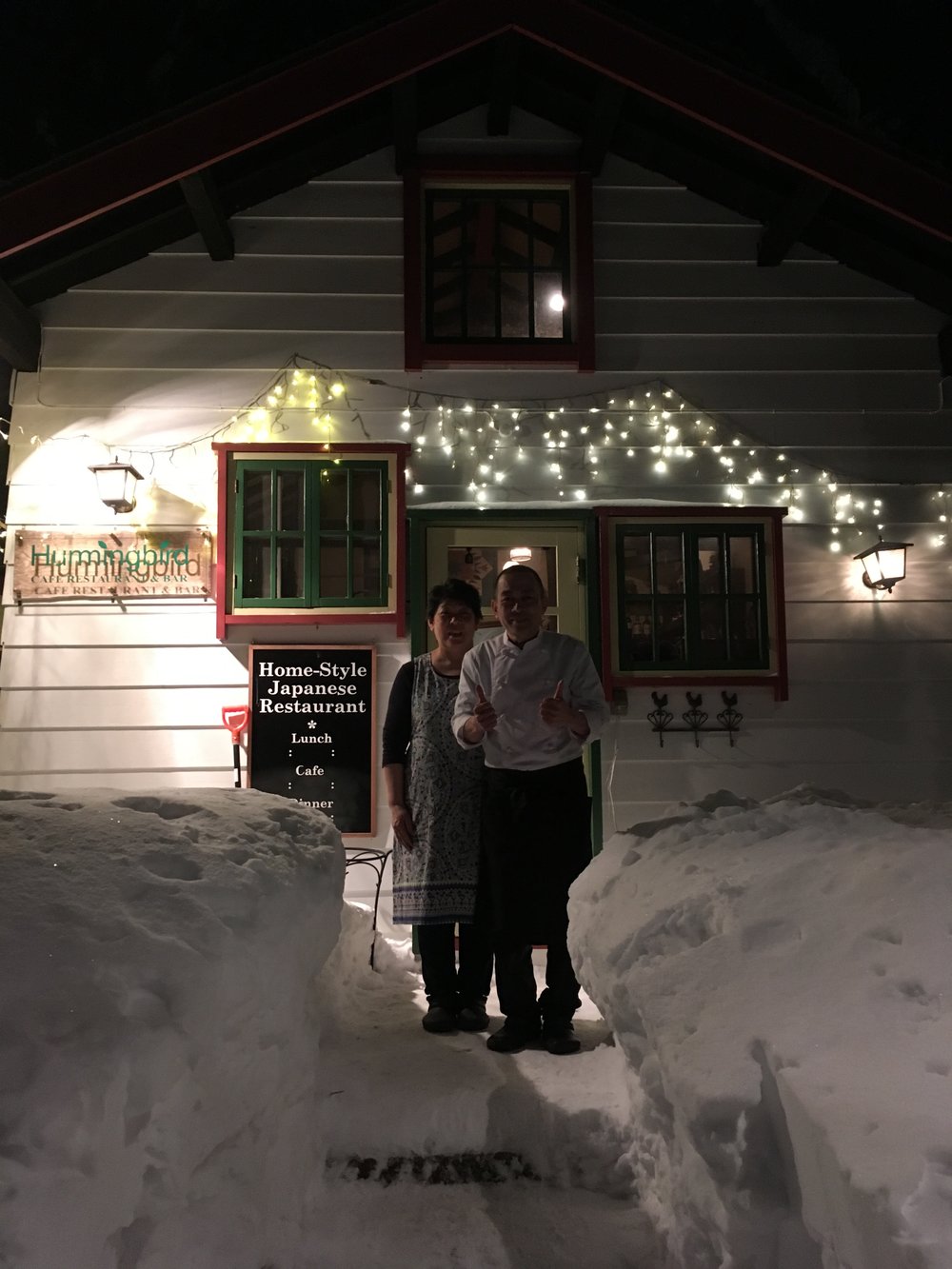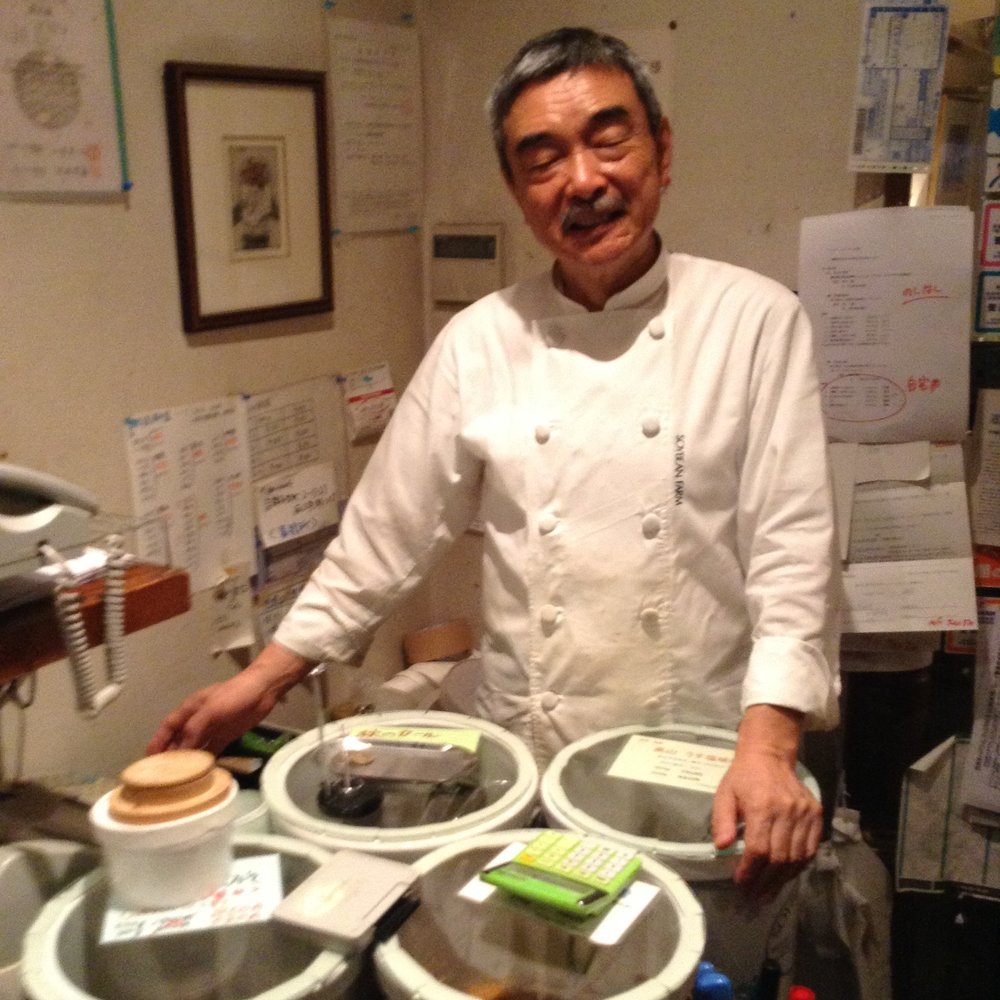There are quite many Michelin rated restaurants in Kansai, many are Japanese cuisine restaurants. For A.’s birthday I was looking for a nice place to spend the evening, many are closed on Sunday and I couldn’t make a decision. After spending some time at the Saint Regis hotel, we checked in at the Intercontinental hotel (because it has a swimming pool, something I really enjoy when on business trip) and that’s only at that time that I realized their restaurant Pierre was a newly starred on the Michelin list. Their menu attracted me for being both simple and creative and I was not disappointed. Since I have a list of things I don’t eat that can scare more than one chef and A. has also his preferences that are different than mine I assume that we are a headache!!! But everything was perfectly adjusted and the plates were beautiful, fresh, and perfectly sized for us. Contrarily to many places in Osaka where meat is central, at Pierre local vegetables are playing a main part. If you are in Osaka, I warmly recommend that place, the service lacks a bit of confidence, but the food is exquisite. Wine pairing with the menu was really nice too. Booking is more than recommended as it is quite busy and if like me you have likes/dislikes the chef can accommodate more easily.
Pierre @hotel Intercontinental Osaka near Umeda station and Grand front.
Japanese spring vegetables at Pierre
pictures from the official website














